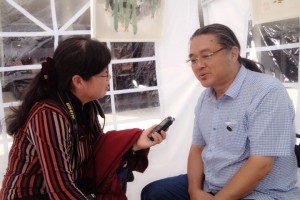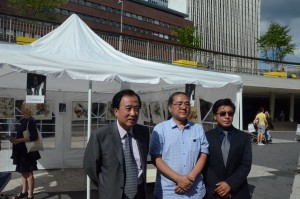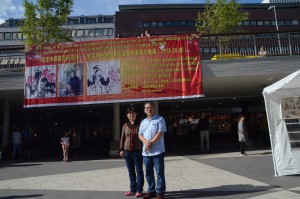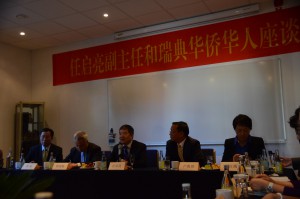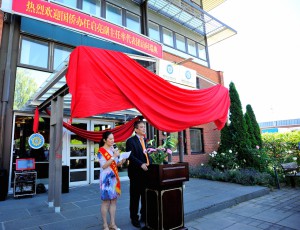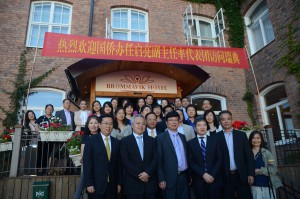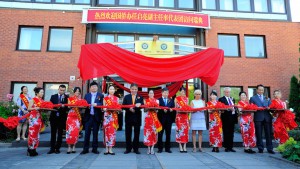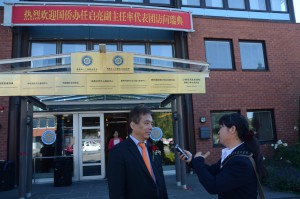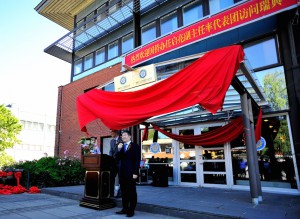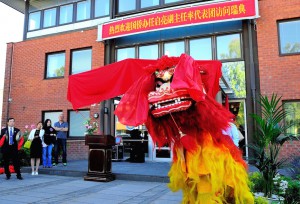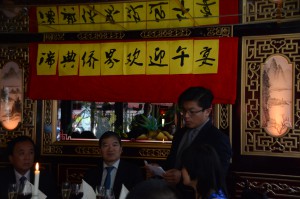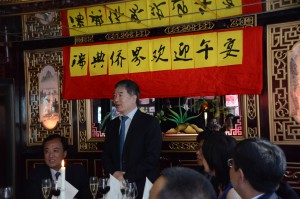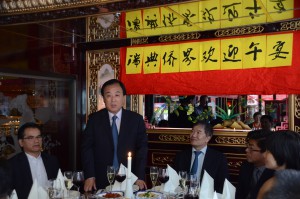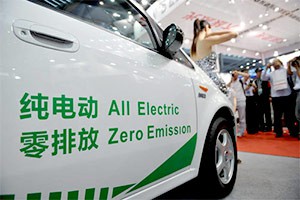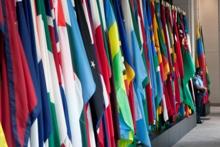Interview: China’s financial reform plans sufficient to support RMB’s inclusion into SDR
WASHINGTON, Aug. 5 (Xinhua) — Experts are cautiously optimistic that China’s plans for further financial reforms would be sufficient to help its currency renminbi (RMB) meet the International Monetary Fund’s (IMF) criteria for joining its benchmark currency basket later this year.
“I don’t think China is going to do anything radically this year, especially after the stock market correction. But I think China’s own plans for reforms are probably sufficient to include the RMB in SDR (special drawing rights) this year,” David Dollar, senior fellow with the Brookings Institution and former official of the World Bank and the U.S. Treasury Department, told Xinhua in an interview.
Last week, IMF Managing Director Christine Lagarde also expressed confidence in China’s financial reforms, saying the recent market turmoil in China wouldn’t derail the IMF’s discussion on whether to include the RMB in its SDR basket.
“We are very comforted by that determination (of Chinese authorities) to deliver on the reforms, which will be conducive, one day, when the times come, once all the signals are checked positively, to the renminbi being included in the special drawing rights basket,” she said.
Earlier this year, Lagarde said the RMB’s inclusion in the SDR basket was not “a matter of if, but when”, and the IMF would work on this with Chinese authorities.
As part of the review process, the Executive Directors of the IMF held an informal meeting last week to discuss a staff report that laid out the initial considerations for reviewing the RMB’s SDR qualifications.
The report, released Tuesday and paved the way for a final decision on the SDR review later this year, hailed China’s progress on the internationalization of the RMB since the last review of the SDR basket in 2010.
“Other currencies have not experienced substantial changes in their relative prominence, underscoring that the rise of the RMB is the most significant development in international currency use since the last review,” the report said. “This notion is also supported by other contextual information such as the rising global network of RMB swap lines and the rapid growth in RMB payments from offshore clearing centers to the Mainland.”
The international use of the RMB is vital for the IMF to decide whether the RMB is a “freely usable” currency, an important criterion for admission into the SDR. At the last IMF review in 2010, the RMB met the export criterion, but was assessed as not meeting the “freely usable” criterion.
“If the RMB were determined to be a freely usable currency, it would play a more central role in the Fund’s financial operations going forward, and it would qualify for inclusion in the SDR basket,” the report said.
Zhou Xiaochuan, governor of the People’s Bank of China, said in April that China will carry out a series of reforms to further increase the capital account convertibility of RMB, and make the currency more “freely usable”.
Some experts believed that the RMB now meets the requirement of being “freely usable”.
“Since the introduction of a series of domestic reforms aimed at increasing the renminbi’s use in international payments, the currency has become the fifth most used for that purpose, accounting for over 2 percent of such transactions,” Harold James, professor of History and International Affairs at Princeton University, wrote in an article published on the Project Syndicate website, one of the world’s leading op-ed websites.
“That may not seem like a large share, but it is less than one percentage point below that of the Japanese yen,” James said, adding that the IMF should include the RMB and perhaps other emerging-market currencies in its SDR basket, which currently contains only four currencies, namely the U.S. dollar, the euro, the British pound and the Japanese yen.
The IMF staff report didn’t give any indications as to whether the RMB would be put in the SDR basket later this year, but recommended extending the current SDR basket mandate by nine months until September 2016.
The proposed extension, which will be decided by the IMF’s Executive Board later this month, will not “in any way prejudge the timing of conclusion or outcome of the review,” a senior IMF official said in a conference call with reporters on Tuesday, nothing that these two things were not related.
“This was mainly in response to feedback from SDR users” because it’s not easy for them to rebalance their reserve holdings on Jan. 1, 2016, he said, adding that SDR users also need more time to rebalance their positions if a new currency is added to the basket.
The IMF’s Executive Board still plans to formally discuss the RMB’s SDR review toward the end of the year, the official said.
“We still think it is highly likely that RMB will be included — though for technical reasons, the actual date of inclusion may be extended to Sept. 30, 2016, to give reserve managers time to adjust,” Wang Tao, chief China economist at UBS, said in a research note.
While the UK, German and several other European countries have expressed support for adding the RMB into SDR basket this year, the United States, which holds the largest voting share of the IMF, remains cautious.
“The U.S. would like to see more financial reforms in China. Some of these are very basic, like reporting reserves according to IMF standards…I think the U.S. and China should be able to agree on that,” Dollar said, adding that China’s plans for financial reforms “may very well be satisfactory” to the IMF, the U.S. and other shareholders.
“I’m pretty sure the U.S. doesn’t want to be isolated on this. I think the U.S. would work closely with European allies,” Dollar said. “I’m cautiously optimistic we would get good outcome on this.” Enditem
